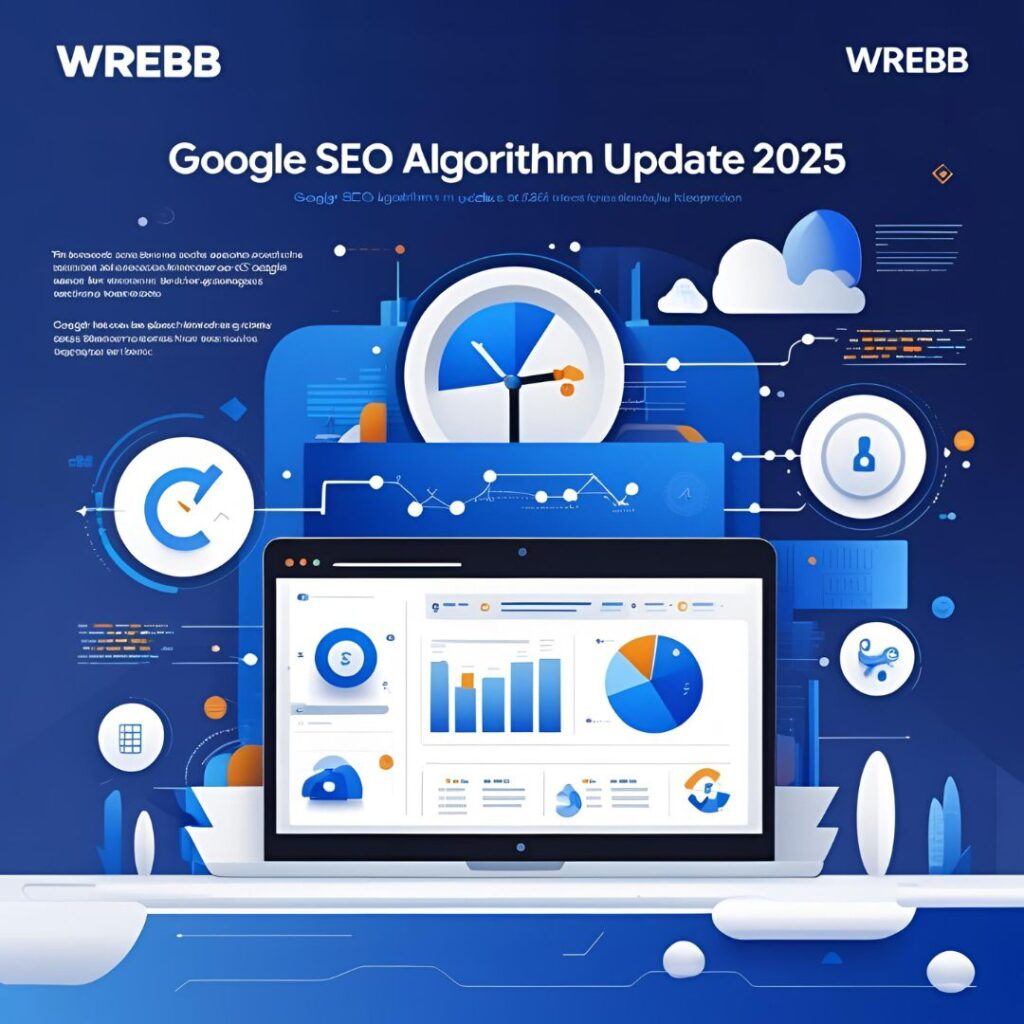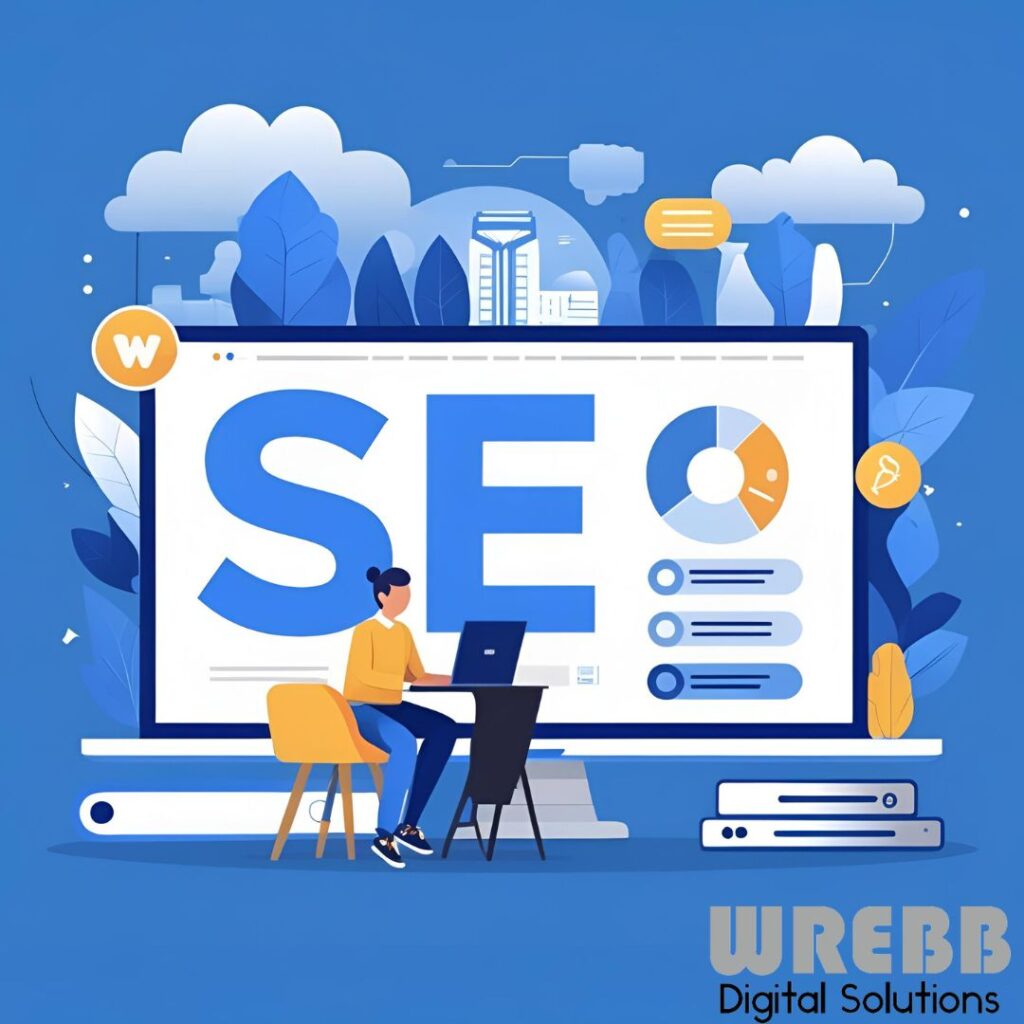Web design trends evolve rapidly due to digital innovation. By 2025, user expectations will demand seamless, immersive, and ethical online experiences. Staying ahead of these shifts isn’t just about aesthetics—it’s about survival.
Table of Contents
ToggleThis guide explores the top 10 web design trends for 2025, backed by data and actionable insights. Whether you’re a startup, enterprise, or agency, these trends will help you captivate audiences, boost conversions, and future-proof your digital presence.
-
AI-Driven Hyper-Personalization
Keyword Integration: One of the most impactful web design trends for 2025 is AI-driven personalization.
What It Is:
Artificial Intelligence (AI) will analyze user behavior in real time to deliver tailored content, layouts, and product recommendations.
Why It Matters:
- 72% of consumers expect personalized experiences (Salesforce, 2024).
- Websites using AI personalization see a 35% increase in conversion rates (WebFX).
Implementation Tips:
- Use tools like Adobe Sensei or Dynamic Yield to customize CTAs based on user demographics.
- Integrate chatbots that adapt responses to browsing history.
Example: Netflix’s AI-powered interface curates content based on viewing habits—a strategy you can replicate for e-commerce or SaaS platforms.
-
Dark Mode Dominance
Keyword Integration: Dark mode continues to dominate web design trends for 2025, blending aesthetics with functionality.
What It Is:
A low-light interface that reduces eye strain and enhances visual hierarchy.
Why It Matters:
- 81% of users prefer dark mode for prolonged browsing (Android Authority, 2024).
- Saves up to 60% screen energy on OLED devices (DisplayDaily).
Implementation Tips:
- Offer a toggle switch for dark/light mode.
- Use high-contrast colors (e.g., neon accents on dark backgrounds) for readability.
Example: Slack’s dark mode reduces glare while maintaining brand vibrancy.
-
Immersive 3D Elements
Keyword Integration: Immersive 3D visuals are redefining web design trends for 2025.
What It Is:
Interactive 3D models, animations, and parallax scrolling that engage users.
Why It Matters:
- 3D websites retain visitors 4x longer than static sites.
- 68% of users associate 3D elements with “cutting-edge brands” .
Implementation Tips:
- Use WebGL or Three.js for lightweight 3D rendering.
- Showcase products in 360° (e.g., automotive or fashion sites).
Example: Apple’s iPhone 15 landing page uses 3D rotations to highlight product features.
-
Voice User Interface (VUI) Integration
Keyword Integration: Voice navigation is rising in web design trends for 2025.
What It Is:
Voice-controlled interfaces for hands-free browsing.
Why It Matters:
- 55% of households will own smart speakers by 2025 (Statista).
- Voice search accounts for 20% of all web queries (Google).
Implementation Tips:
- Optimize content for natural language queries (e.g., “How do I reset my password?”).
- Integrate APIs like Amazon Alexa or Google Assistant.
Example: Domino’s Pizza allows users to order via voice commands on its app.
-
Sustainable Web Design
Keyword Integration: Sustainability is no longer optional in web design trends for 2025.
What It Is:
Eco-friendly practices like low-energy hosting, minimalist code, and carbon-neutral certifications.
Why It Matters:
- 64% of consumers prefer brands with sustainable practices (IBM).
- A lightweight website reduces CO2 emissions by 30% (Website Carbon Calculator).
Implementation Tips:
- Use green website hosting providers like GreenGeeks.
- Compress images and leverage lazy loading.
Example: Patagonia’s website highlights its environmental initiatives through clean, efficient design.
-
Neumorphism & Soft UI
Keyword Integration: Neumorphism merges skeuomorphism and flat design in web design trends for 2025.
What It Is:
Soft, tactile elements with subtle shadows and highlights.
Why It Matters:
- Enhances user familiarity by mimicking real-world textures.
- website designers prioritize neumorphism for its “calming effect” .
Implementation Tips:
- Use CSS shadows and gradients for depth.
- Avoid overuse to maintain accessibility.
Example: Apple’s macOS Big Sur icons blend soft shadows with minimalist shapes.
-
Micro-Interactions for Engagement
Keyword Integration: Micro-interactions are subtle yet critical in web design trends for 2025.
What It Is:
Small animations (e.g., button hover effects, loading spinners) that delight users.
Why It Matters:
- Sites with micro-interactions see a 20% boost in user engagement (WebFX).
- 53% of users find animated feedback “reassuring” (Nielsen Norman Group).
Implementation Tips:
- Animate form validations (e.g., checkmarks for correct inputs).
- Add hover effects to CTAs.
Example: LinkedIn’s “reaction” animations make interactions feel dynamic.
-
Scroll-Triggered Animations
Keyword Integration: Storytelling through scroll is a hallmark of web design trends for 2025.
What It Is:
Animations activated as users scroll, guiding them through content.
Why It Matters:
- Increases time-on-page by 40% (HubSpot).
- 62% of users find scroll animations “memorable” (Smashing Magazine).
Implementation Tips:
- Use GSAP or ScrollMagic for smooth transitions.
- Sync animations with brand messaging (e.g., fading in testimonials).
Example: Spotify’s Year Wrapped uses scroll-triggered visuals to showcase user stats.
-
Advanced Typography & Variable Fonts
Keyword Integration: Bold typography anchors web design trends for 2025.
What It Is:
Custom fonts that adapt to screen sizes and resolutions.
Why It Matters:
- Variable fonts reduce load times by 35% (Google Fonts).
- 78% of users associate unique typography with “brand credibility” (Adobe).
Implementation Tips:
- Use variable fonts like Roboto Flex.
- Pair bold headlines with minimalist body text.
Example: The New York Times uses proprietary fonts to reinforce its editorial authority.
-
Augmented Reality (AR) Integration
Keyword Integration: AR is revolutionizing web design trends for 2025.
What It Is:
Overlaying digital elements (e.g., virtual try-ons) onto the real world via web browsers.
Why It Matters:
- 70% of consumers say AR influences purchasing decisions (Retail Perceptions).
- AR boosts e-commerce order conversion rates by 40% (Shopify).
Implementation Tips:
- Integrate 8th Wall or AR.js for browser-based AR.
- Offer virtual product demos (e.g., furniture placement).
Example: IKEA Place lets users visualize furniture in their homes via AR.
Conclusion: Future-Proof Your Website Today
The web design trends for 2025 prioritize speed, engagement, and ethics. From AI personalization to AR integration, these strategies ensure your site stands out in a crowded digital landscape.
Ready to Lead the 2025 Design Revolution?
At Wrebb Digital Solutions, we specialize in cutting-edge web design customized to your business goals.
Contact us today for a free consultation!
By adopting these trends now, you will not only meet user expectations but exceed them.




